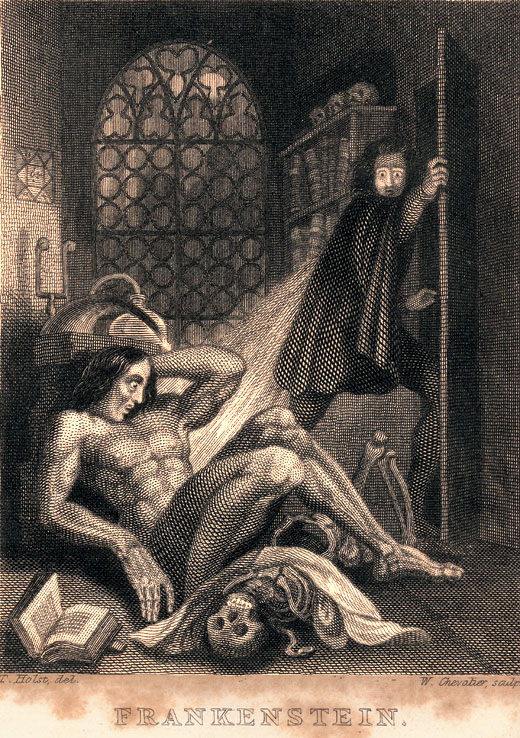Frankenstein: The beginning of a new epoch in fiction
Mary Shelley’s Frankenstein has created a new beginning for science fiction and a reflection of the spirit of modernity.
- Vimala Soundarapandiyan
Mary Shelley wrote Frankenstein at the age of 18. Her inquisitive nature and the spirit of the age led her to create the characters. The two archetypal characters, Victor Frankenstein and ‘Monster’ is the representation of action and reaction. The overambitious mad scientist ends up pushing himself into a loop which is doomed. Mary carefully reiterates the fact that it’s not just Frankenstein whose life is doomed but also the innocent creature ‘Monster’ who has been pulled into the loop. This leaves the reader with confusion on who is the real monster! Victor Frankenstein or his unnamed creature? This book was published in 1818 and it is the earliest example of science fiction. Even after 203 years, this novel rules the world of horror and sci-fi.
Frankenstein: or The Modern Prometheus is both a disturbing and fascinating tale. Mary Shelley has craftily interwoven elements of gothic horror, tragic romance and parable. A gothic horror that eerily makes the reader sympathise with the monster. A tragic romance where the story becomes a cautionary tale on Victor Frankenstein’s scientific hubris and fascination with power. The novel is also parable as the author was tremendously fascinated with the tale of Prometheus, who was over-ambitious to overthrow the power of Gods and steal fire for mankind. Frankenstein is an ingenious mixture of modernity, science, its reaction, religion, atheism and power which has set the tone for future adaptations and dramatisation.
The mere thought of Frankenstein itself is nerve-chilling to imagine a man with a fascination for power and the dangers of playing God. To the reader’s astonishment, Frankenstein is not the name of the monster but the scientist. The ‘Monster’ is an outcome of modernity and science. It is a reality check how the misuse of science can backfire and destroy the very peace of mankind. The scientist’s hubristic thought of raising the deceased lands him in deadly trouble.
Mary Shelley subtly confines some social messages in the unnamed ‘Monster’. Frankenstein’s curiosity and its consequent possibility of bringing the dead back to life; the Monster’s creation from parts of various dead bodies sewn together and its consequent grotesque appearance; Frankenstein’s disgust against the ghastly figure and its consequent abandonment; the Monster’s social rejection and its consequent anxiety. All these consequences escalate the tension in the story and increase the curiosity of the reader.
Share

